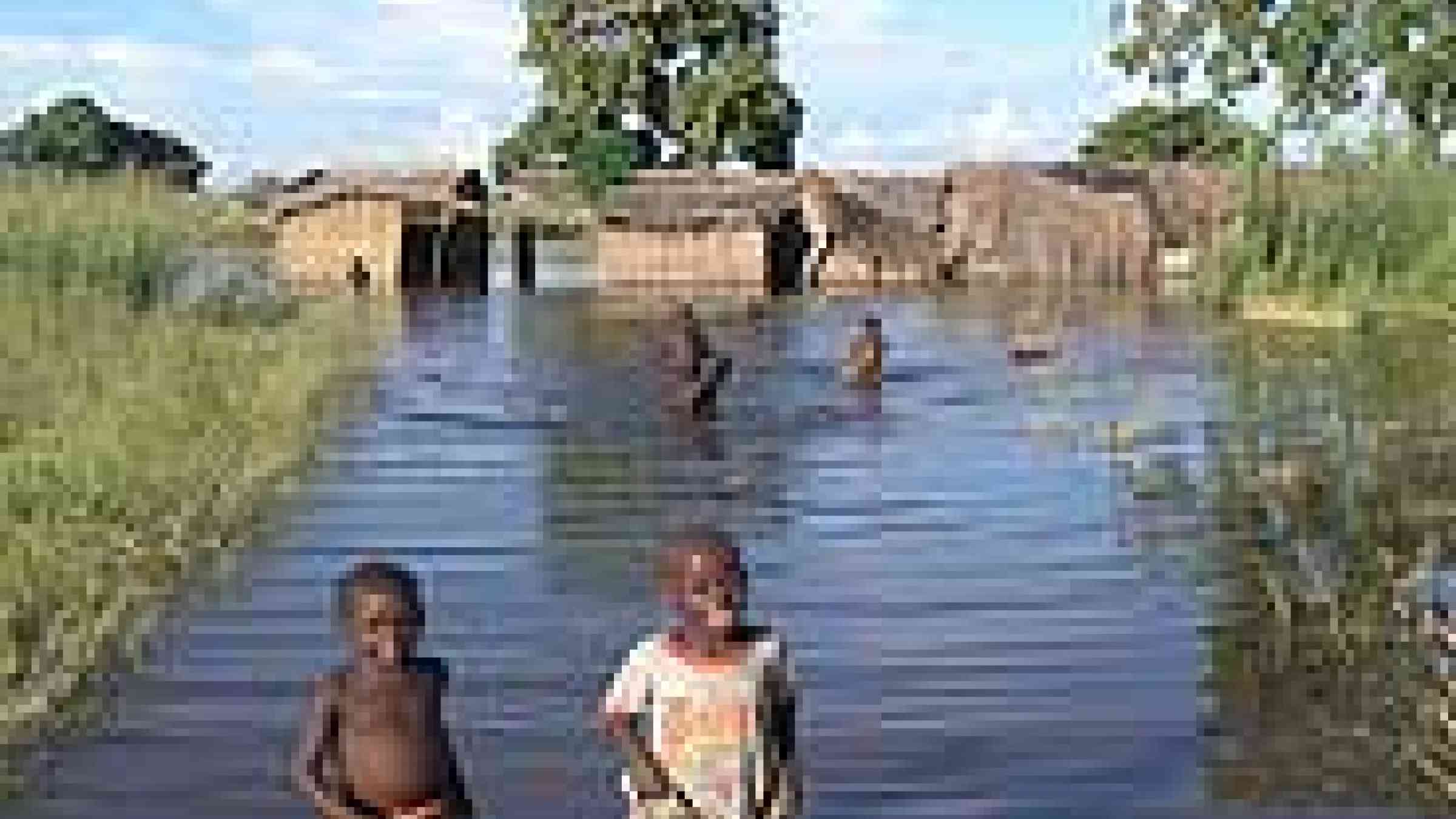
Floods from heavy rains across West Africa have damaged infrastructure and destroyed the homes or crops of up to 130,000 people, and caused more than 20 deaths, according to Hervé Ludovic De Lys, head of the UN Office for the Coordination of Humanitarian Affairs (UNOCHA).
And the toll is expected to rise. “We are now reaching the most critical phase of the rainy season,” said De Lys, “as reservoirs, dykes, and rivers are now full to capacity.”
City-dwellers are most vulnerable he said, citing the 4,000 Guinea-Bissauns, the majority from the capital who have contracted cholera linked to poor sanitation facilities in the midst of heavy rains.
Floods could also increase the difficulties of people across the region already struggling with high food and fuel prices, according to UNOCHA.
The heavy rains have affected 61,000 people in Ghana, 24,500 in Togo, 33,000 in Niger and 4,200 in Burkina Faso. Even so, the toll is much lower than this time last year when by mid-September 2007 floods had affected 800,000 people across West Africa, according to the UN.
Response
The UN’s De Lys is urging governments to tackle the floods regionally, calling on ECOWAS to help.
“Governments [across the region] are aware of the problem but they cannot necessarily cope with its scale,” De Lys told reporters on 08 September.
Responding regionally will be more cost-effective because, otherwise, 50 US cents of every US$1 spent on equipment sent to West Africa would go toward transport costs, according to UNOCHA.
And it has more impact, says Youcef Ait Chellouche, disaster management coordinator at the International Federation of the Red Cross. “If a dam bursts in one country it affects its neighbours, so we need to work across borders to address this.”
Chellouche is calling on ECOWAS to establish rules to make it easier for aid agencies to transport relief items like food and blankets across borders.
And for its part UNOCHA is helping governments, non-governmental organisations, and the UN coordinate flood prevention and response strategies across the region.
Long-term needs
“Governments must come up with medium and long-term strategies to cope with flooding.” said De Lys, adding “humanitarian [emergency] responses [alone] are not sustainable.”
Sustainable change involves revisiting urban planning, building up rural road networks, and constructing more traditional granaries across the region so farmers can store what is anticipated to be a good harvest this year, rather than losing it to floods.
But for Chellouche it takes the form of disaster prevention. “We have floods every year, at roughly the same time in roughly the same places in West Africa and agencies usually respond in the same way. From now on we need to focus not just on response, but on reducing risk of these disasters occurring in the first place,” he told IRIN.
aj/pt